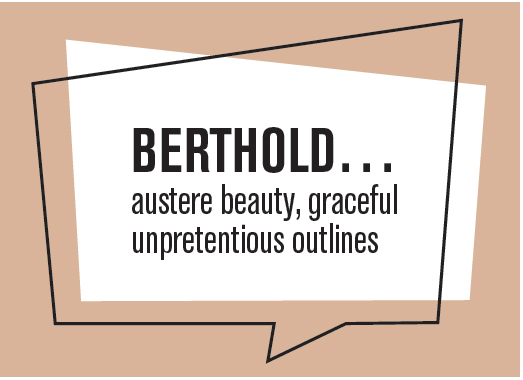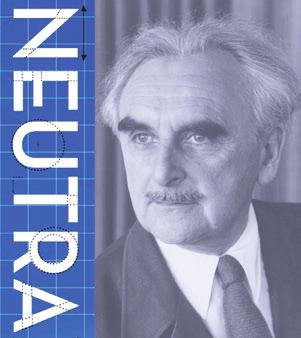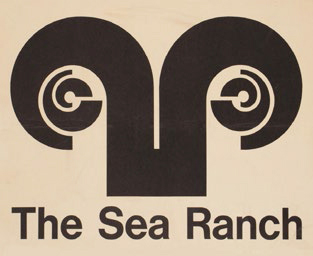Type that Talks - Page 4
 |
|
|
 |
|
|
 |
|
|
In the world of magazine design, "largely through Arts & Architecture, mid-century modern graphic design achieved its distinctive California variant, looser and more informal than the modernism of an earlier generation," Jeremy Aynsley wrote in an essay in the book Living in a Modern Way: California Design, 1930-1965.
Among the many designers who created innovative Arts & Architecture covers and interiors was Ray Eames. For the November 1943 issue, she used type to create a collage, a not-uncommon strategy at the time.
Many designers used type in other unusual ways, as much as visual elements as components of words. One great example is seen on the cover of the September 1956 Arts & Architecture, by designer Charles Krata. It's a simple cover, nothing but the name of the magazine…dripping down the page.
Another example of type as visual object is seen on the poster for Alfred Hitchcock's 1960 movie-shocker 'Psycho,' the film's title as bold and dark yellow as is Janet Leigh's hair and negligee—and ripped by a knife.
More than many art forms, typography is craft-based and deeply rooted in its history. Many modern types are updated versions of faces that date to the Renaissance or 18th century. In the Bay Area, typographer and artist Jack Stauffacher won fame as a printer of fine press books shortly after World War II.
Stauffacher, who called himself a "scholar printer," worked in historic styles as well as modern, used wood and metal fonts (and later, computer fonts), served as Stanford University's typographic director, and designed artworks incorporating type that harked back to Russian Constructivist and other European experiments of the early 20th century.
His sister-in-law, Barbara Stauffacher, also was a type innovator, pioneering the use of wall-filling 'super-graphics' as directional, informational, and aesthetic elements, most notably at Sonoma's residential Sea Ranch in the 1960s.
From the mid-century to today there has been much progress in the technology of type—from hot metal, to phototypesetting in the 1960s, to computer typesetting today. Never have so many fonts been available to anyone at the click of a mouse.
The resurgence of interest in mid-century modern design has seen a resurgence of interest in type from that era, and in new type inspired by that era.
Several firms now sell house numbers designed for Eichler and other mid-century modern homes. Firms sell hundreds of retro mid-century modern fonts for use in print and web publications, advertisements, displays, and more.
In 2002, House Industries released a family of typefaces, 'Neutraface,' named after Southern California architect Richard Neutra. Designer Christian Schwartz tried to blend both humanist and rationalist tendencies to create "a rational yet organic extension of human fabrication."
Also indicative of newfound attention to type is the resurgence of neon signage restoration and new neon signs.
Widdows, who designs and neon lettering, notes the challenges for creative typography: the letters are made from glass tubes, which are all the same width, restricting one of the typographers' easiest ways to add mood, by varying thickness or thinness of line.
But creative designers get around this in several ways, by outlining one tube with another, or by using the surrounding metal to reflect light.
Some of Widdows' favorite bits of neon signage go back to the roots of lettering—hand-drawn scripts. "Script looks really beautiful in neon," she says.
Photography: Robert Landau, Moussa81; and courtesy Jerry Grantz, UCLA Neutra Archive, Arts & Architecture magazine, Rico Tee Archives
- « first
- ‹ previous
- 1
- 2
- 3
- 4




